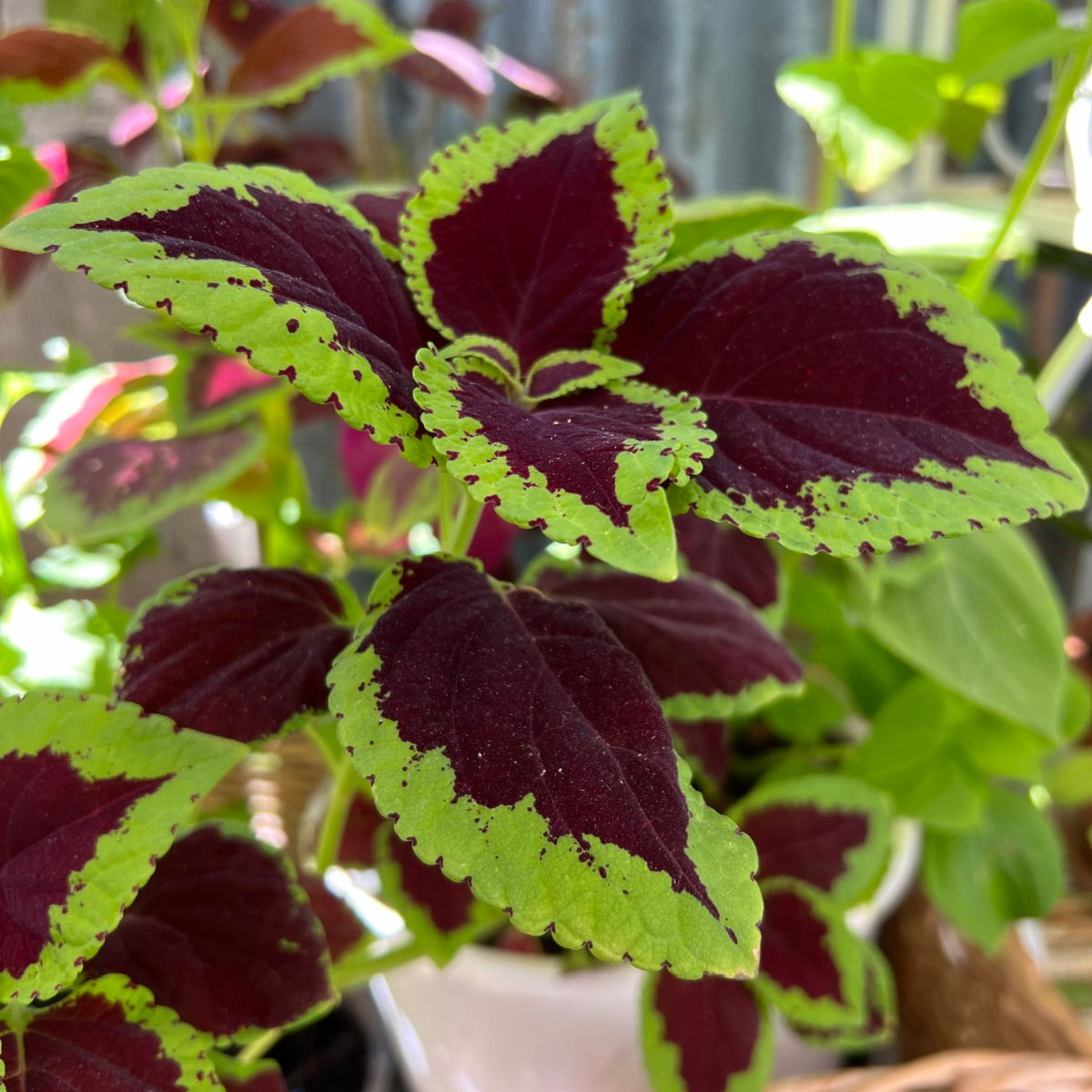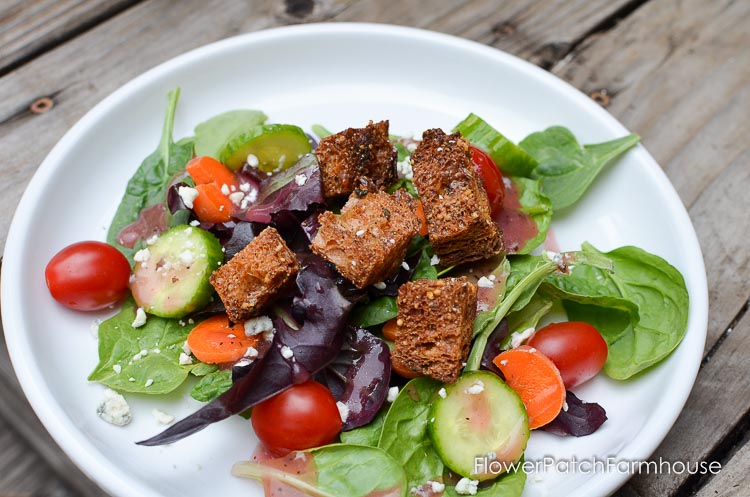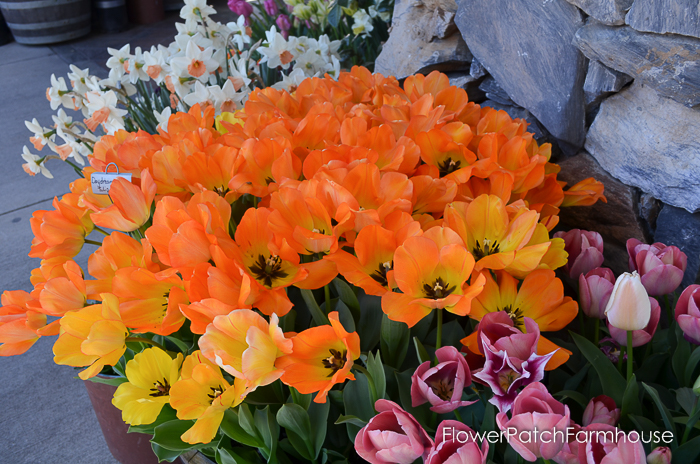Prevent Blossom End Rot!
Ultimate Guide to Preventing Blossom End Rot in Tomatoes: Tips for Beginner Gardeners
If you’re a beginner gardener, growing tomatoes can be a rewarding experience. However, one common problem that can plague tomato plants is blossom end rot.
This is when the bottoms of tomato fruits turn black and rot, making them inedible.
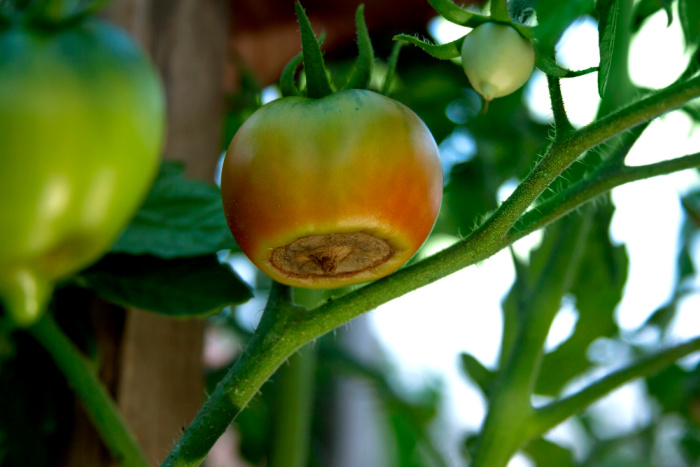
But don’t worry! With a few easy steps, you can prevent blossom end rot and enjoy a plentiful tomato harvest.
In this blog post, we’ll share simple tips to help you prevent blossom end rot in your tomatoes.
Cause of Blossom End Rot – Tomato Calcium Deficiency
Blossom end rot is caused by a calcium deficiency in the developing fruits. Calcium is necessary for cell wall formation and proper fruit development.
It is usually NOT calcium deficiency in the soil! Many will claim it is and recommend adding calcium to the soil in various forms.
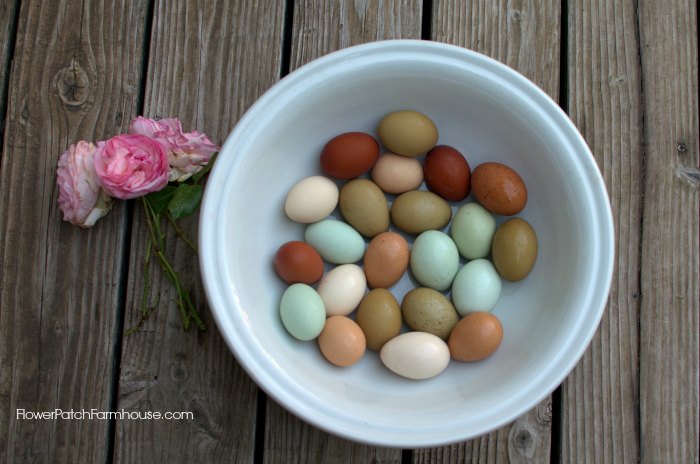
When the tomato plant cannot take up enough calcium from the soil, it results in the characteristic black or brown rot at the blossom end of the fruit.
Again, the main issue is that calcium is not getting into the plants properly.
Factors such as dry or saturated soils, compacted soil, root diseases, root damage by humans or insects, high temperatures, and low pH can all limit the uptake of calcium by plants.
The soil may have more than enough calcium present in it but it is the ability of the plant to draw it up and use it that is the problem. Adding more calcium to the soil is not the answer.
Blossom End Rot Home Remedy
I have seen many of the so-called home remedies and I get that people want to be able to use things from the kitchen but it isn’t as straightforward as some would tell you.
Adding eggshells to the planting hole or in the bed with the tomato plants isn’t going to get you the results you are hoping for.
Tums for tomatoes is another one I have seen bandied about on the internet and that is because they are calcium based. But as stated before it isn’t necessarily the lack of calcium causing the problem therefore using Tums won’t work.
Plus there are more efficient ways to increase the calcium level if that is indeed the problem.
Here is one way you can foliar feed the plant.
Provide Consistent Watering
One of the main reasons for BER is irregular watering. Inconsistent moisture levels in the soil can disrupt the uptake of calcium by the tomato plant.
To prevent blossom end rot, water your tomato plants consistently and avoid letting the soil dry out completely or become waterlogged.
Aim to keep the soil evenly moist but not too saturated, and avoid overhead watering, as it can lead to fungal diseases.
Letting the soil dry out too much or overwatering both can contribute to hindering the plant’s ability to take up enough calcium.
You may need to adjust your watering schedule depending on the weather and temperatures.
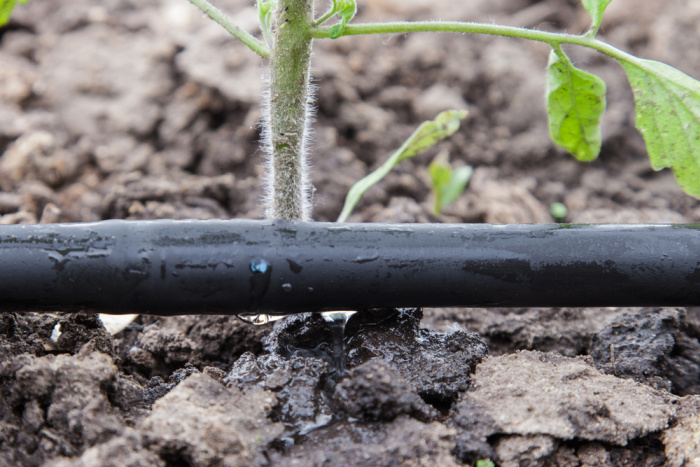
Before Adding Anything Determine Soil Calcium Levels
Maintaining adequate calcium levels in the soil is a crucial part of preventing this from occurring yet you need to conduct a soil test to determine the calcium levels in your garden.
Only if the test reveals low calcium levels, would you consider adding calcium-rich amendments such as agricultural lime to the soil. Avoid using high-nitrogen fertilizers, as they can interfere with calcium uptake.
Also, do not add magnesium thinking it is the problem. For more on that see Why NOT to Use Epsom Salts in Your Garden. Too much magnesium in your soil can also contribute to BER.
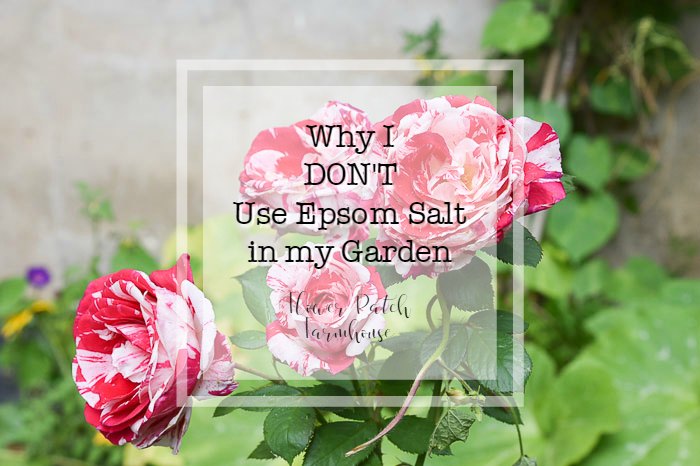
Mulch to Retain Moisture
Mulching is an effective way to retain soil moisture and regulate soil temperature, which can help prevent blossom end rot.
Use organic mulch, such as straw or shredded leaves, around your tomato plants. Mulch helps to prevent the evaporation of moisture from the soil, maintaining consistent moisture levels, and reducing the risk of it developing.
Prune and Stake Tomato Plants
Staking your tomato plants can improve air circulation, reduce humidity, and prevent the fruits from touching the ground.
This can help prevent the spread of diseases and reduce the risks. Blossom End Rot is not a disease but plants that are stressed by fighting disease will be more susceptible to BER.
Prune the lower leaves of the tomato plant to increase airflow, and use stakes or cages to keep the plants upright and prevent the fruits from resting on the ground.
Pruning tomato suckers is not something I do. I do not contend with humid conditions or struggle with air circulation and I am not interested in getting extra large fruit.
But if you do contend with fungal issues it may be a way to help mitigate that.
Avoid Over-fertilization
While fertilizing your tomato plants is essential for their growth, over-fertilization can contribute to blossom end rot.
Too much nitrogen in the soil can interfere with calcium uptake, leading to calcium deficiency in the fruits.
Follow recommended fertilization guidelines and avoid over-fertilizing your tomato plants to prevent blossom end rot.
Choose Resistant Tomato Varieties
Some tomato varieties are more resistant to blossom end rot than others. When selecting tomato plants for your garden, choose varieties that are known to be resistant to blossom end rot, such as ‘Celebrity,’ ‘Roma,’ or ‘San Marzano.’
Since these varieties are less susceptible to BER they can be a good option for beginner gardeners. Plus San Marzanos are a stellar sauce tomato!
Tomatoes Black on Bottom
So what if you already have tomatoes with black or brown spots on the bottom? If it isn’t too bad you can cut that off and use if the rest of the tomato has developed fine.
But if not, remove all tomatoes from the plant that are damaged and toss into the compost heap.
This will let the plant put energy into putting on new fruit and hopefully you will have been able to fix the problem. From here on out you should get wonderful fruit.
Blossom end rot can be a frustrating problem for tomato growers, but with proper care and attention, it can be prevented.
Consistent watering, mulching, pruning, and staking, avoiding over-fertilization, and choosing resistant tomato varieties are important steps to prevent this common problem in your tomatoes.
By following these tips, you can enjoy a healthy and bountiful tomato harvest in your garden.
Happy gardening!
All the best tips
Create your Own Plant Supports
This is a great way to create inexpensive plant supports that can be used on a wide range of plants and situations. Minimal tools required.

